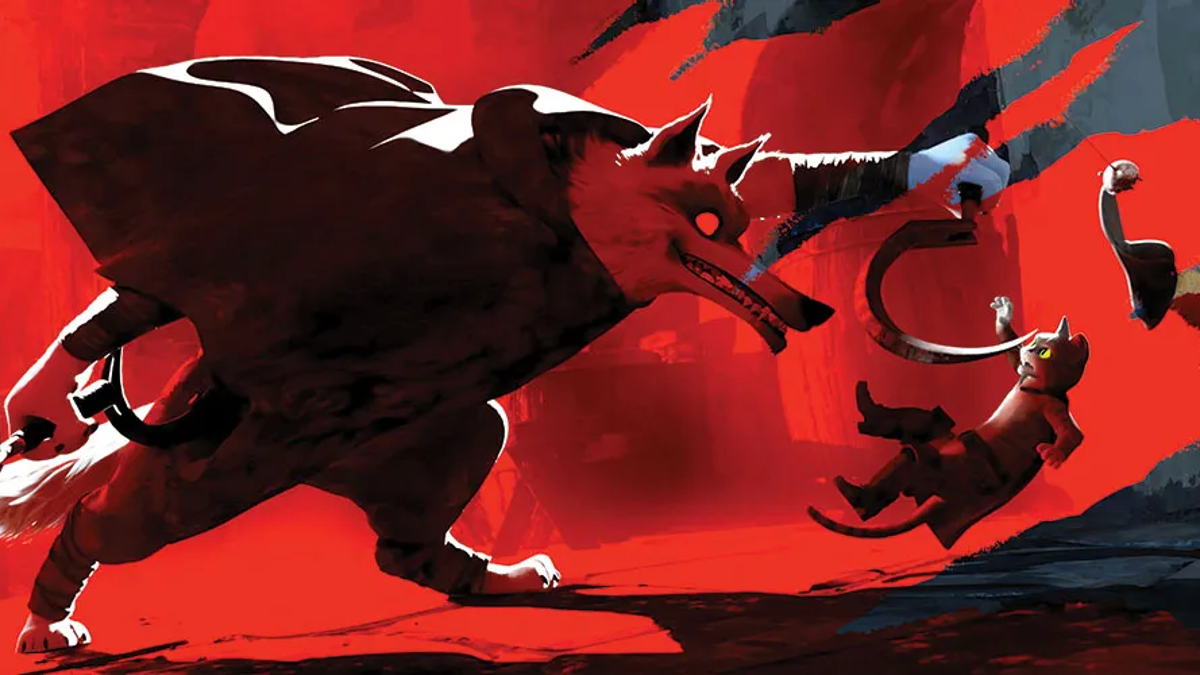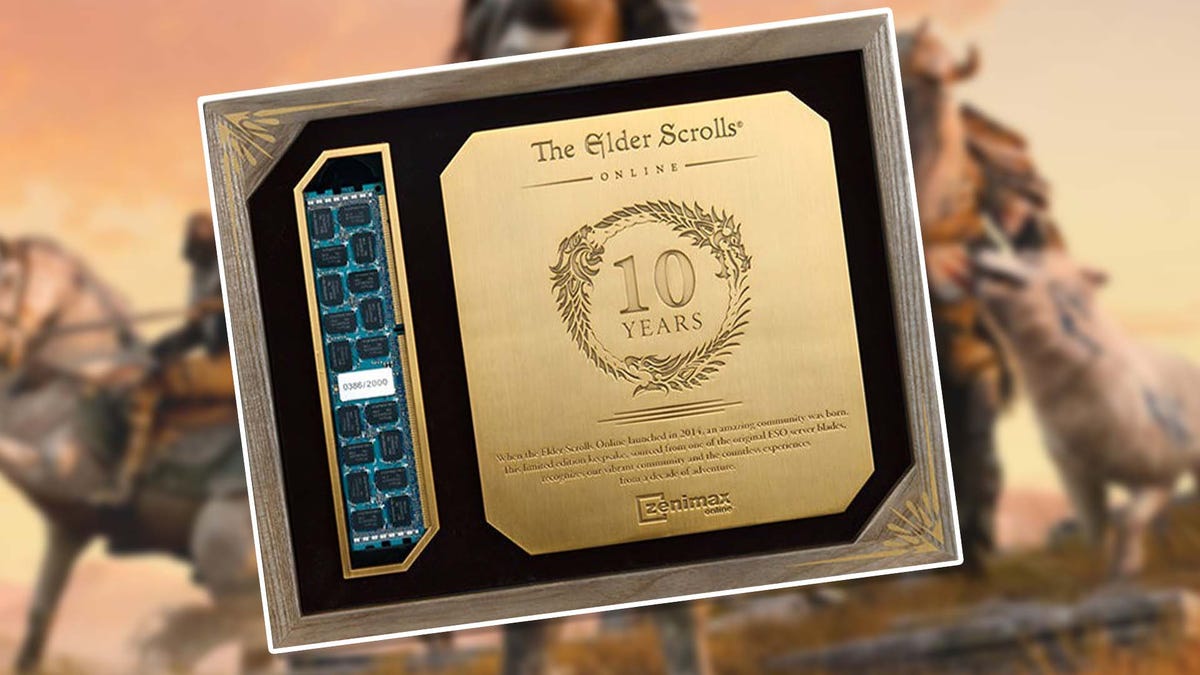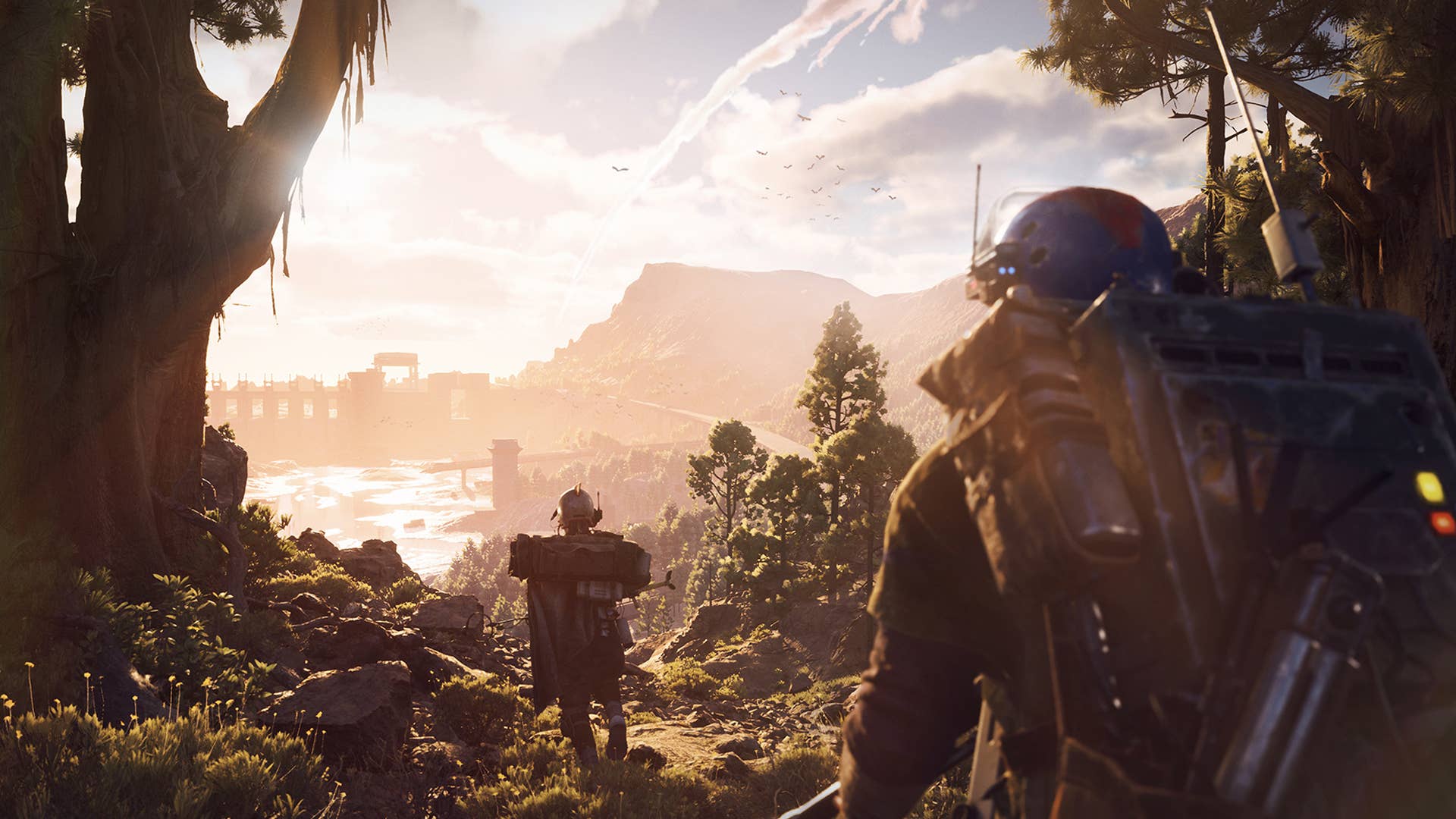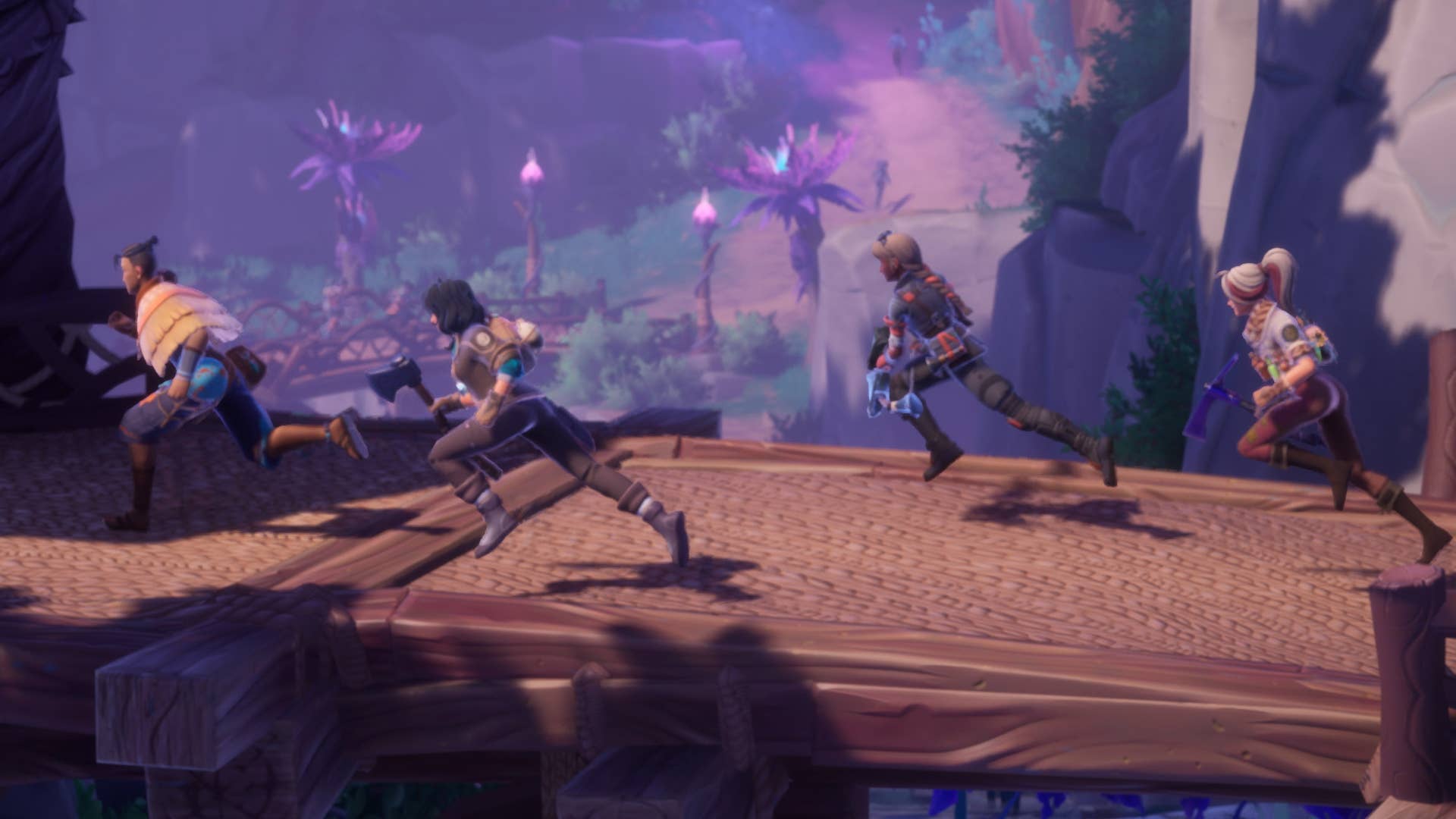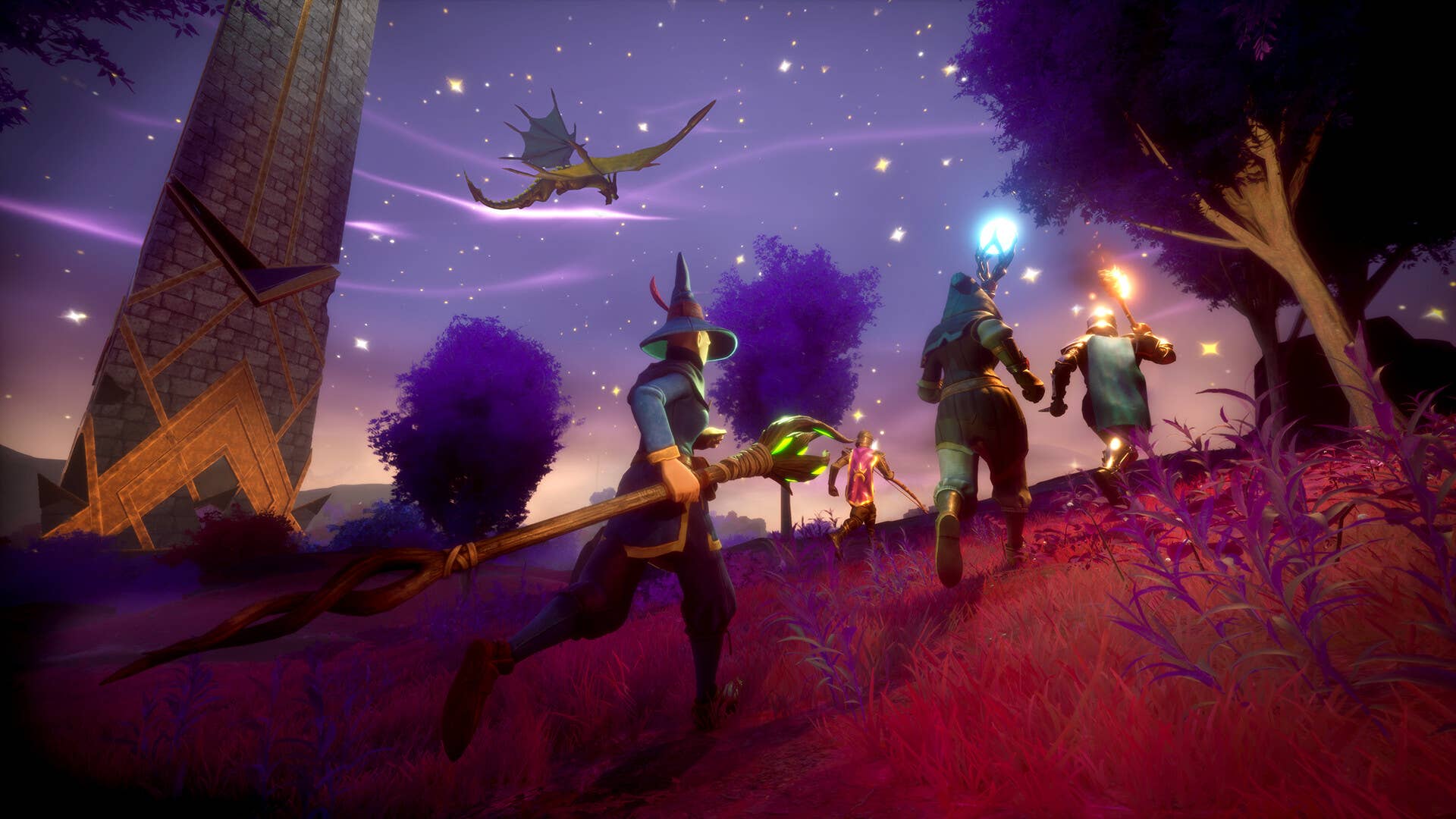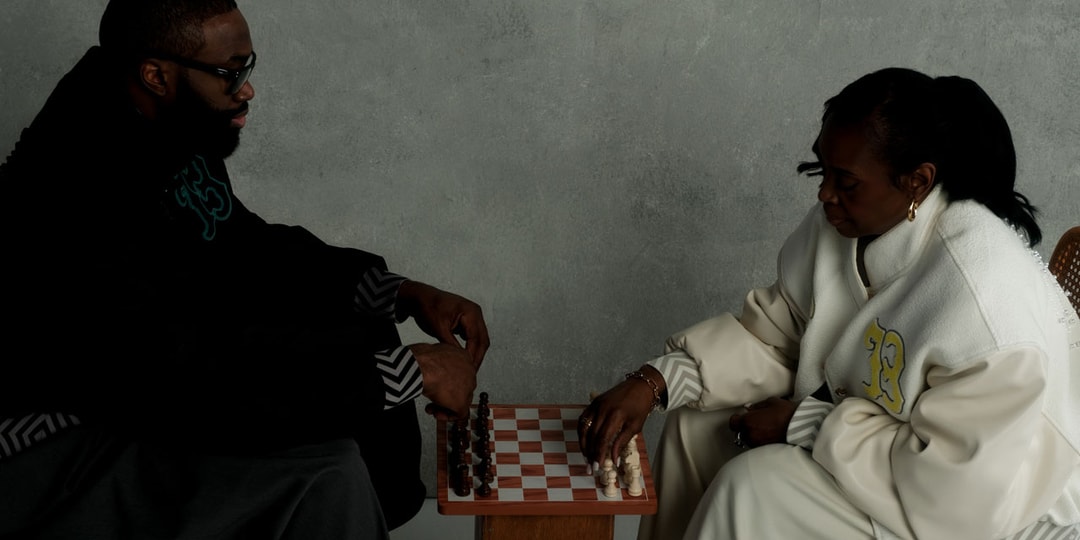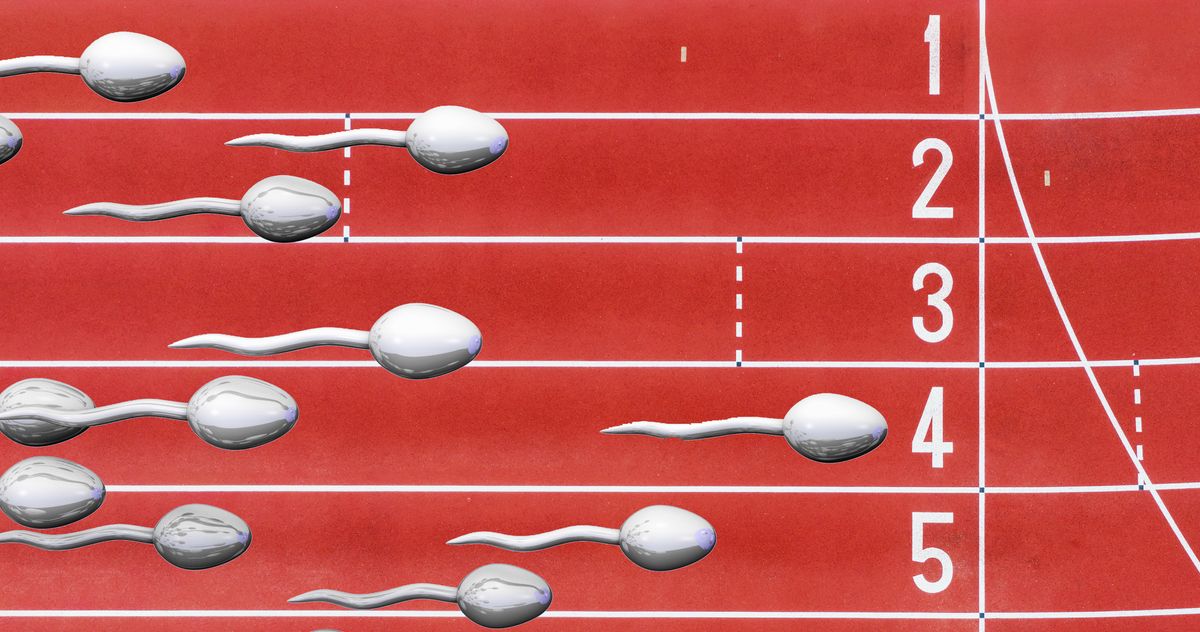Elden Ring Nightreign: First Impressions of the Network Test Build
A full run of Elden Ring Nightreign lasts around 30-45 minutes, depending on how fast you take down the ending bosses. While it’s presented as a three-day cycle, it really boils down to five separate phases - day one, night one, day two, night two, and the final boss.


Elden Ring Nightreign is not a battle royale. Not that you ever thought it was, but as a former battle royale enjoyer, I can’t help but compare the white-knuckle moments I get when the Storm closes in on me in those last gripping moments of a half-hour-long session of a Fortnite match to the nail-biting bits where I’m desperately trying to outrun the encroaching circle and make it to a life-saving site of grace in Nightreign. PVP elements are completely absent in Nightreign, though not missed one bit. Still, you’ll drop onto a map with a squad, start from nothing, and spend your time ransacking the map to hopefully power yourself up for a final battle.
From the risk-reward moments of looting a church for one more flask charges as the circle closes in, to the wave of sadness you feel when experiencing a devastating loss after taking so much time building yourself up – it’s hard not to see the battle royale influences. But after four hours of playing the upcoming Stress Test build, I'm ecstatic to report that Nightreign will probably not tarnish the Elden Ring name.
When beginning a match, you’ll be given a choice to pick one of four available classes, though there will be a total of eight when Nightreign launches. The current options will be the all-arounder Wylder, the speedy glass-cannon Duchess, the tanky Guardian, and the magic-wielding Recluse. Each class has its own strengths and weaknesses, of course, but in my time with this build, I found that the most fun class to play was the Duchess, thanks to her powerful abilities and swift and nimble dodges. I also spent some time with the Recluse, which was incredibly powerful, but ran out of FP quite often, and with no FP flasks (they aren’t in this Elden Ring), she’ll definitely be one of the harder classes to play effectively.
Each class comes equipped with a leveling path which I’ll talk about more in a moment, but more importantly, they all have a unique skill and ultimate abilities. The Duchess, for example, has an incredibly powerful skill that repeats the last 1.5 seconds of damage an enemy has just taken, and it has a short cooldown to boot. And it’s not just your damage, it’s everyone's damage. So while you’re flipping around the battlefield landing attacks, you’re also waiting for huge health spikes to try and capitalize on doubling that damage. It’s great stuff.
Other skills also match the class’ predetermined role. The Wylder can do a blast attack to try and land big damage, the Guardian can create a large shield, both negating damage and reviving fallen allies, while the Recluse can curse an enemy, granting all attackers HP and FP bonuses. So while players can double up classes in a run, it’s always a good idea to talk about team strengths and weaknesses to diversify your group.
When starting completely fresh, players will find themselves in Nightreign’s Roundtable Hold. After matchmaking with two other random players or using a multiplayer password to play directly with your friends, a small cutscene will play, and everyone will soar over Limveil (not Limgrave) before landing and beginning their run.
A full run of Nightreign lasts around 30-45 minutes, depending on how fast you take down the ending bosses. While it’s presented as a three-day cycle, it really boils down to five separate phases - day one, night one, day two, night two, and the final boss. When day one begins, the map is fully open, and that's when you’ll begin exploring and leveling up. Every round begins with players at level one with basic starting gear, save for relics that you’re rewarded with at the end of every round that grant you persistent buffs between matches, with better relics being offered for better performances. When you land, my team always beelined for the first enemy camp we could find to get a quick boost of experience to begin leveling up, which was key to defeating stronger does. From there, you’ll then decide what your team wants to do by looking at the surrounding area on your map, as it will be littered with points of interest for you to explore.
Each point of interest typically comes with predictable rewards: Churches will house a flask charge to increase your overall health potion uses; Castles will feature a mini-boss that drops more powerful gear; and Rises, similar to Ranni’s Rise found in the Lands Between, will present a simple puzzle to solve before entering to find even more gear; just to name a few of many. Where to go in Limveil feels overwhelming at first, but the threat of the ever-closing circle will eventually train your brain to keep on the move.
Speed is the name of the game during the day cycle, and luckily, everything seems to be built around that. For starters, leveling up is as quick as a button press. As I mentioned, each of the four network test classes has a predetermined stat upgrade path. So when you run up to a Site of Grace to refill your health, FP, and flask charges, you’ll also be presented with the leveling menu, which only requires you to press Confirm to increase your level. Heck, you might even have enough runes to level up three or four times, and with three or four button presses, you’re all done and substantially more powerful.
If you have experience in Souls games, the day phases should be a breeze. While searching the map for loot upgrades, I ran into recognizable Elden Ring mobs. My team and I decided to take down a camp, but first, we had to fight three scattered fire chariots before getting our loot reward. Another time, we climbed to the top of a castle to fight a Godskin Noble boss. That should be scary, but with two other Tarnished by your side, these mobs and bosses go down pretty fast.
Moving around is also way faster than in the original Elden Ring. You won't be clawing the controller anymore, since sprinting is moved from Circle (or B) to simply clicking the left stick. Sprinting is also about twice as fast as regular Elden Ring. Fall damage? Nope, none here. Getting down a cliff is easy, and you can even run up walls parkour-style or use Spiritsprings to get around.
Besides just rune hunting to raise your level, you’ll also be trying to build a character to take on the night bosses. There is no armor (save for shields) in Nightreign, only six weapon slots and two amulet slots. How it works is: in typical Elden Ring fashion, you can switch between your left- and right-handed weapons and shields on the fly, but everything on your person will give you buffs. For example, let’s say you found a Reduvia Dagger with high bleed; if you so choose, this could be the start of a bleed build. Now let's say you take down a boss, and you’re presented with a few other weapons to choose from, and you spot a spear that increases your status effect build-ups. You’re not going to use that spear, as you’ll want to stick with your dagger, but you’ll still benefit from the status effect build-up the spear provides just by having it on you. Think of it almost like a roguelike – sometimes the synergy of weapon effects and stat upgrades you’ll get will build off each other so well that you’ll eventually start melting mobs left and right. Other times you’ll want something like a poison build, only to keep getting weapons that increase your FP regeneration. Bummer.
Weapons aren’t the only rewards either. Oftentimes when looting a boss, you’ll get to choose a stat upgrade or modifier. Some of these are less exciting than others, such as a 10% increase in physical damage. Useful, yes, but exciting, not so much. Other times you’ll get something really cool like a passive power-up that drops a big, poise-breaking lightning strike every time you dodge. Or an enemy-slowing frost nova every time you begin to sprint. You can work these into your build for powerful combinations.
While the day phases can feel like a walk in the park, it’s the night bosses that serve as a real skill check. After the circle has closed enough to end a day phase, a minor Erdtree will appear, signaling that it’s time to take on the night boss. Over the hours I played, my team ranged from completely decimating the night-one boss to barely scraping by. If someone goes down, you’ll revive that person by simply attacking their downed body, with ever-increasing attacks needed the more often they drop. Regardless, the way the night one ends will usually inform you how the rest of the run could go. I’ve seen teams come back from barely scraping by the night-one boss, but if that boss was tough, you’re likely behind in your leveling and you’ll have an uphill battle ahead of you to have a chance against night two.
Day two begins the same way day one did. You’ll once again have the full map to explore to level and find better equipment. Occasionally, you’ll be invaded by a random Margit, The Fell Omen who will chase you until he dies or he wipes your party. If your team wipes during the day, you’ll drop your runes and respawn at the nearest Site of Grace. You can recover your runes, but the main thing lost here is time – which was wasted fighting an enemy you didn’t get a reward from and wasted having to recover your lost runes. If your team wipes during a night boss, it’s game over, and you’ll need to begin a new run.
By the time night two rears its ugly head, it’ll be time for the final skill check. During our playtest, we were met with two different night bosses. You’ll either be faced with The Centipede Demon, who is tough but feels somewhat manageable or three Sentinel Knights that really, really suck. Not only are they just plain difficult to take down, but they require extreme coordination with your team to make sure you’re all focused on firing on one of them. Things begin to get easier as they each go down, but it’s a battle of attrition. Eventually, you’ll all run out of flasks and will be left trying to revive teammates who become increasingly more difficult to pick up. In my six or seven full runs of Nightreign, my team was only able to get past night two just once.
Finally, day three is incredibly straightforward – there isn’t one. Instead, you’ll be able to spend your last bit of runes either leveling up or buying consumable items from a vendor, and then you and your team will take on the final boss of the run.
As I mentioned before, depending on how far you got on your run, each player will be rewarded with a relic that provides a persistent upgrade for your characters. These can range from simple stat increases to modifiers that will set you on a build path right from the jump. For our test, this seems to be the only meaningful progression Nightreign has to offer, though I imagine the full game may have more in store for us.
Elden Ring Nightreign is a lot of fun. Pulling off victories by the skin of your teeth provides the same sense of accomplishment you’ve felt when taking down some of Elden Ring's toughest bosses. The moment a round ended, I couldn’t wait to jump back in to see what kind of build I’d get the next time around. And the cheer my team let out when finally taking down that blasted day three boss reminds me why I love the souls-like genre so much. In its current form, Nightreign could be seen as a little content-lite, so I'm incredibly interested to see how it shakes out when it releases sometime in 2025. But for now, it’s been a few days since I’ve played Nightreign, and still, it’s all I think about. I absolutely cannot wait to jump back in for more.


































































-Baldur’s-Gate-3-The-Final-Patch---An-Animated-Short-00-03-43.png?width=1920&height=1920&fit=bounds&quality=70&format=jpg&auto=webp#)









